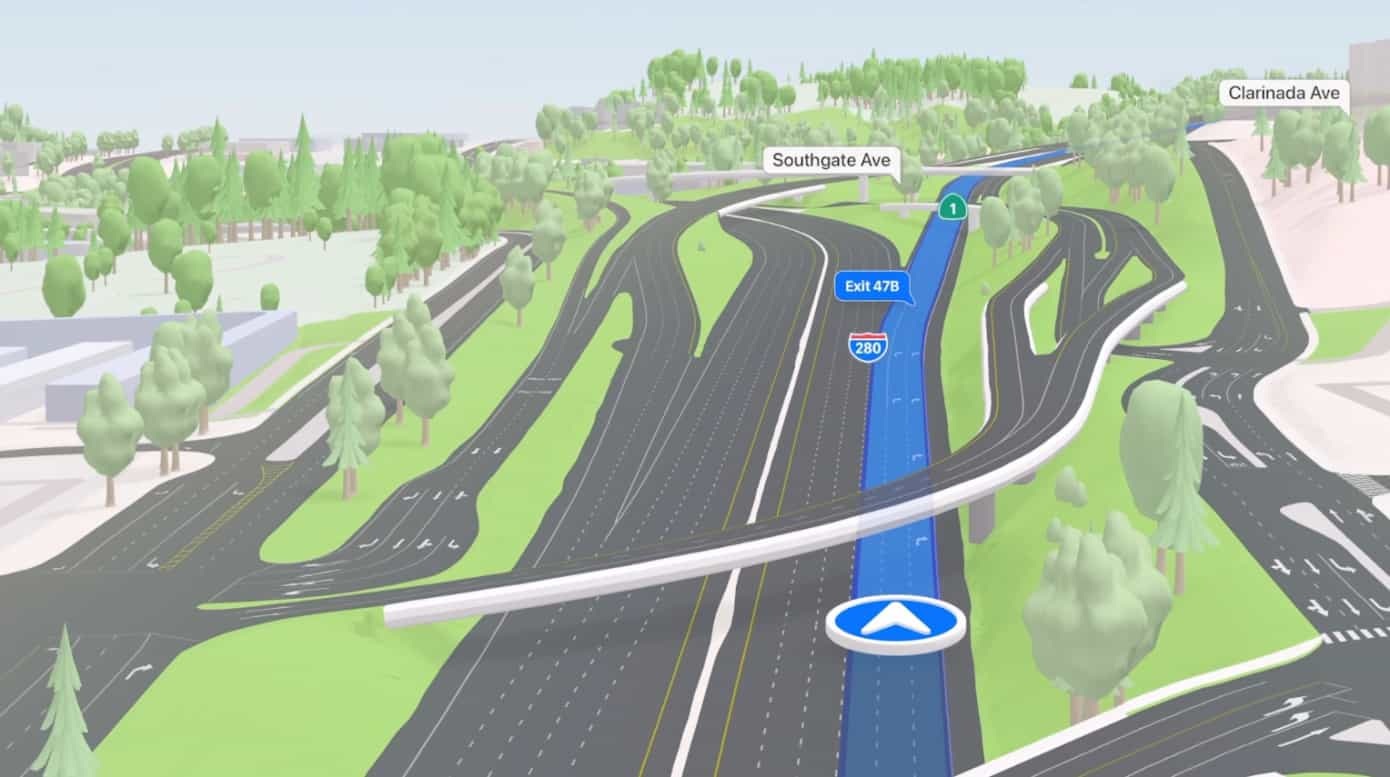One of the fundamental sub-topics of the broader local commerce picture is mapping. Intertwined in local search and SEO, it’s central to the consumer shopping flow and, correspondingly, the local business marketing mix. But though it’s so foundational, it also continues to evolve at the pace of newer technologies.
One recent example is Google’s updates announced at its I/O conference. Highlights include new routing capabilities, updates to Live View AR navigation, new levels of mapping detail, and a new “area busyness” feature. These are all part of Google’s stated goal to integrate 100+ AI-fueled Maps features this year.
But Google isn’t alone in its mapping updates. Closely following Google I/O was Snap’s Partner Summit, during which it likewise elevated its mapping features. And closely following that was Apple Maps’ updates yesterday at WWDC. So after covering Google and Snap, we now dive deeper on Apple’s latest.
Nuts & Bolts
Diving right in, Apple Maps in iOS 15 will bring deeper levels of mapping detail, more transit data, and new AR/3D navigation. As background, these updates flow from a broader Apple initiative to improve Maps and alleviate the black eye still left from the product’s botched launch (a.k.a. Mapgate) last decade.
Going deeper on these updates, Apple Maps will now offer new detail in commercial districts, buildings (think: shopping centers) and other types of locations like parks and marinas. It has also added new elevation details, and stylized/colored landmarks such as the iconic red of the Golden Gate bridge.
Many updates also focus on drivers and in-car navigation. This includes a nighttime mode whose optimized lighting Apple calls “moonlit glow,” (very Apple). There are also new road details including intuitive color-coding for things like turn lanes. These are similar to the new street-level details in Google Maps.
There are also updates that cater to transit riders. These include clearer indications for transit stations, and the ability for users to personalize transit routes by indicating frequent lines they use. This lets Apple Maps proactively alert users to things like delays, or prompts to leave home in time to catch your train.
Intuitive Mapping
Joining the above utilitarian updates is a sexier one (though still useful). Following Google’s lead with its Live View feature, Apple Maps can now activate 3D navigation in urban areas through an upheld smartphone. This can be more intuitive than looking down at a 2D map and mentally translating it to 3D space.
Like Google, this could evolve into informational overlays for waypoints and storefronts along one’s path. This would make the experience more conducive to local search and discovery, in addition to navigation. It also makes it more monetizable… though local search isn’t Apple’s engame as much as selling hardware is.
As background, we could see this move coming after Apple began to collect first-party mapping data. That includes Street-View-like imagery and 3D spatial maps. The immediate outcome was its Look Around feature, but this data also enables 3D navigation by allowing mobile devices to scan and recognize their surroundings.
To validate this theory, the new 3D mapping feature is available in the same cities where Look Around is active, including London, L.A., New York, Philadelphia, San Francisco, and Washington, D.C.. Meanwhile, this could represent the next competitive battleground in mapping between Apple & Google.




